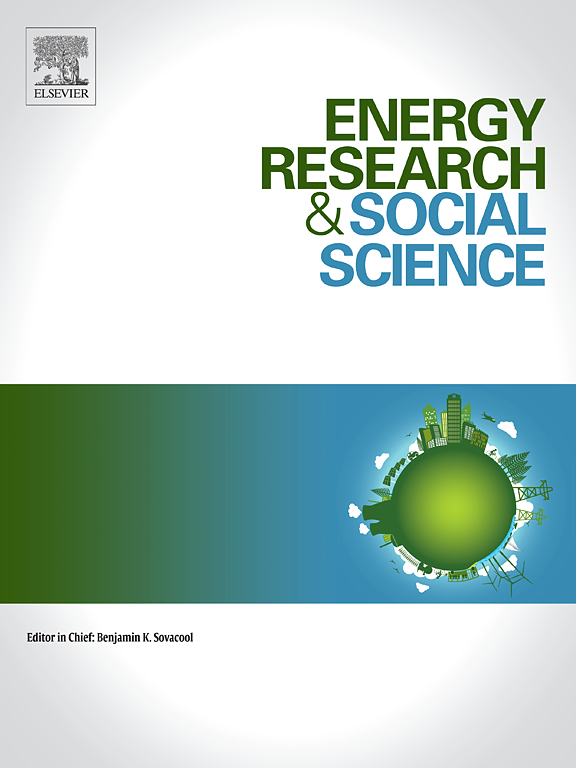Fighting fire with power: Willingness to pay for microgrids for wildfire mitigation in the Southwestern United States
IF 7.4
2区 经济学
Q1 ENVIRONMENTAL STUDIES
引用次数: 0
Abstract
Wildfires can be caused by faulty powerlines and precautionary measures against this can result in lengthy outages. Microgrids are a solution to this problem by allowing for the main power lines to be shut off during periods of extreme weather conditions while minimizing load shedding. This analysis provides the first nonmarket valuation of microgrids in the context of wildfire prevention and adds to the relatively scarce body of knowledge on microgrid valuation in general. The analysis uses a combination of a referendum style dichotomous choice survey and wildfire incidence data. The results suggest a median willingness-to-pay (WTP) of $10.53 [CI: 7.43, 16.61] per month for 24 months for a microgrid providing indirect (wildfire likelihood reduction only) benefits, and $13.08 [CI: 8.88, 21.68] for a microgrid providing both indirect (wildfire likelihood reduction) and direct (providing electricity to the community during extreme weather events) benefits. From a policy perspective, it is important to have a measure of the WTP for microgrids and to understand how it is affected by the context in which they are framed. This information can inform policy about the potential environments for microgrid introduction.
以电力灭火:美国西南部为缓解野火而支付微电网费用的意愿
火灾可能是由故障的电力线引起的,针对这种情况的预防措施可能导致长时间的停电。微电网是解决这一问题的一种方法,它允许在极端天气条件下关闭主电力线,同时最大限度地减少负荷。该分析首次在野火预防的背景下对微电网进行了非市场评估,并为相对稀缺的微电网评估知识提供了补充。该分析结合了公投式的二分选择调查和野火发生率数据。结果表明,提供间接(仅减少野火可能性)效益的微电网在24个月内每月的平均支付意愿(WTP)为10.53美元[CI: 7.43, 16.61],而提供间接(减少野火可能性)和直接(在极端天气事件期间向社区供电)效益的微电网每月的平均支付意愿(WTP)为13.08美元[CI: 8.88, 21.68]。从政策角度来看,重要的是要对微电网的WTP进行衡量,并了解它是如何受到它们所处环境的影响的。这些信息可以为有关引入微电网的潜在环境的政策提供信息。
本文章由计算机程序翻译,如有差异,请以英文原文为准。
求助全文
约1分钟内获得全文
求助全文
来源期刊

Energy Research & Social Science
ENVIRONMENTAL STUDIES-
CiteScore
14.00
自引率
16.40%
发文量
441
审稿时长
55 days
期刊介绍:
Energy Research & Social Science (ERSS) is a peer-reviewed international journal that publishes original research and review articles examining the relationship between energy systems and society. ERSS covers a range of topics revolving around the intersection of energy technologies, fuels, and resources on one side and social processes and influences - including communities of energy users, people affected by energy production, social institutions, customs, traditions, behaviors, and policies - on the other. Put another way, ERSS investigates the social system surrounding energy technology and hardware. ERSS is relevant for energy practitioners, researchers interested in the social aspects of energy production or use, and policymakers.
Energy Research & Social Science (ERSS) provides an interdisciplinary forum to discuss how social and technical issues related to energy production and consumption interact. Energy production, distribution, and consumption all have both technical and human components, and the latter involves the human causes and consequences of energy-related activities and processes as well as social structures that shape how people interact with energy systems. Energy analysis, therefore, needs to look beyond the dimensions of technology and economics to include these social and human elements.
 求助内容:
求助内容: 应助结果提醒方式:
应助结果提醒方式:


